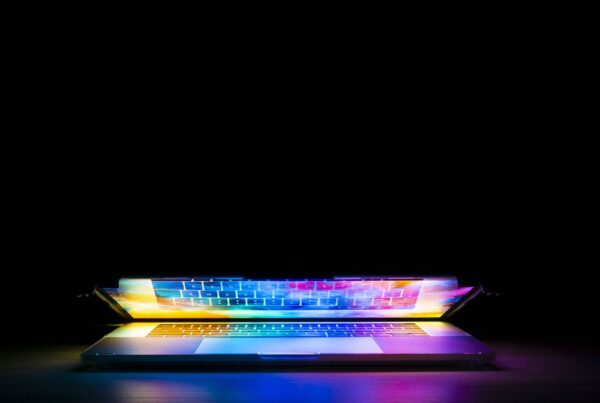#WFH: COVID19 and the Remote Scramble!
Next, the terms essential and non-essential workers transformed a thriving economy into a new world. One that was broken, different and headed for economic recession. Those people who could work from home were the lucky ones, they would continue to produce and continue to get paid. Those companies that were ready for this, and understood the remote work environment and supported their employees, were also fortunate. Not everyone was so lucky. Corporate headquarters in the shape of spaceships and billions of dollars’ worth of office real estate would remain empty for quite a while.
It took a long time for the United States to react. China initially announced the spread of COVID-19 in early January and President Trump decided to close travel and initiated a coronavirus task force on January 29, 2020. FEMA was put in charge of securing medical supplies until mid-March but the CDC (Center for Disease Control) was essentially ignored and muffled. The White House did not trust the CDC and the CDC did not trust the White House. By mid-May, the White House would try to shut down the CDC. With the economy headed for a severe recession and an election looming on the horizon, political interests were being put in front of the public health and welfare. The New York Times analyzed that more than 380,000 people arrived in the U.S. from China in January, including around 4,000 from Wuhan. After the restrictions began, almost 40,000 people arrived in the U.S. from China in February and March.
By the end of March, much of the economy in the United States had ground to a halt because of state restrictions and the continued escalation and spread of the virus. Non-essential workers were restricted from going to the office. Entire sectors of the economy would remain closed for months. New York, California, Pennsylvania, and other large states ordered most businesses to close. Millions of workers were sent home and millions of people were out of work as many states issued orders that people were to stay inside. Some business was exempt, including financial institutions, some retailers, pharmacies, hospitals, manufacturing Higher Education and K-12 were about to discover that there is a huge difference between emergency remote teaching and online learning. Well-planned and designed online learning experiences are vastly different from courses offered online in response to a crisis or disaster. Colleges and universities were given no other option. K-12 wasn’t either. Even those schools known as 1 to 1 schools, where students all had Chromebooks or computers and internet access, were about to learn how really underprepared they were to go online.
Most of the Higher Education sector was not prepared, and implementing online learning, even with support, is not an overnight process. Higher Education was facing unprecedented decisions and scrambling to keep students, faculty, and staff safe during a public health emergency. Many institutions canceled all their face-to-face classes and ordered faculty to put everything online to help stop the spread of the virus. Institutions of all different sizes and statures suddenly had to stop debating the value of remote learning and had to start doing it. Everyone was moving their courses and learning experiences online. Many instructors were stressed and much of what was being created was a quick fix solution. Online learning has been a very political term in Higher Education for decades. This scramble to go remote and the lack of knowledge about what good online experiences are all about certainly created a political climate that offered diverse solutions and mixed teaching practices. This rush to produce remote learning without the planning, knowledge and support needed to do it well was a prescription for problems.
#AI@Work, #WFH, #RemoteWork, #WorkFromHome, #BobbeGB, #BobbeBaggio, #ThePajamaEffect, #Touchpoints, #Virtual Workplace, #Work From Home #PJEffect, #LinkedInNewsLive





